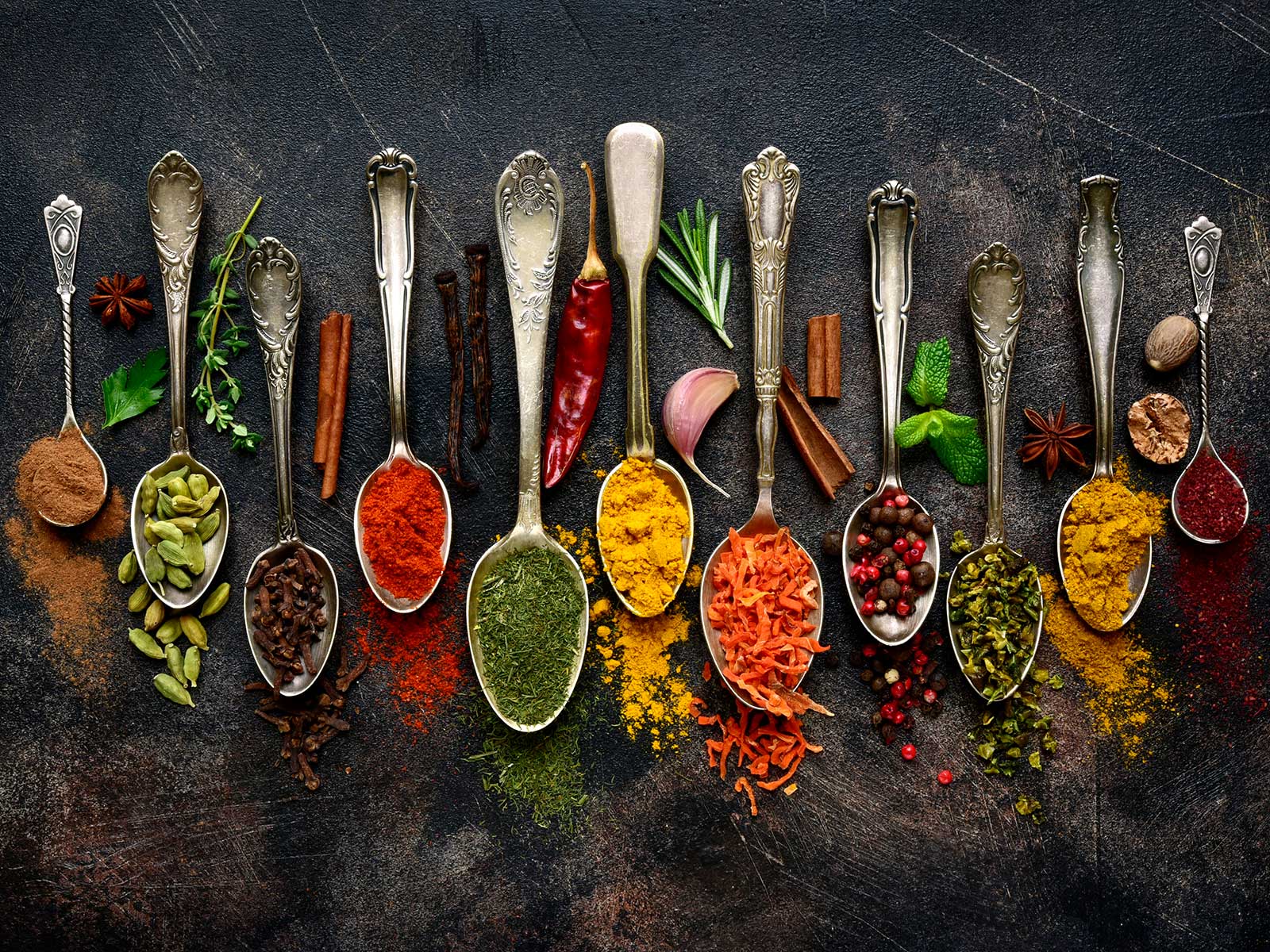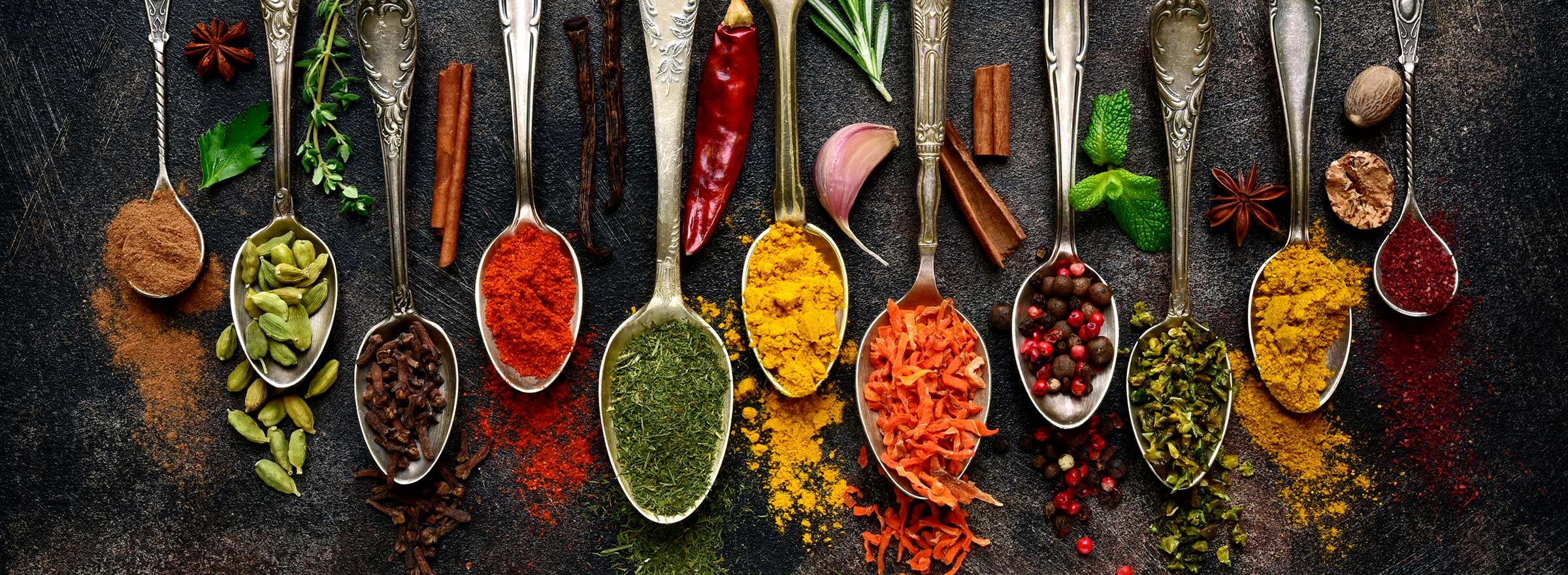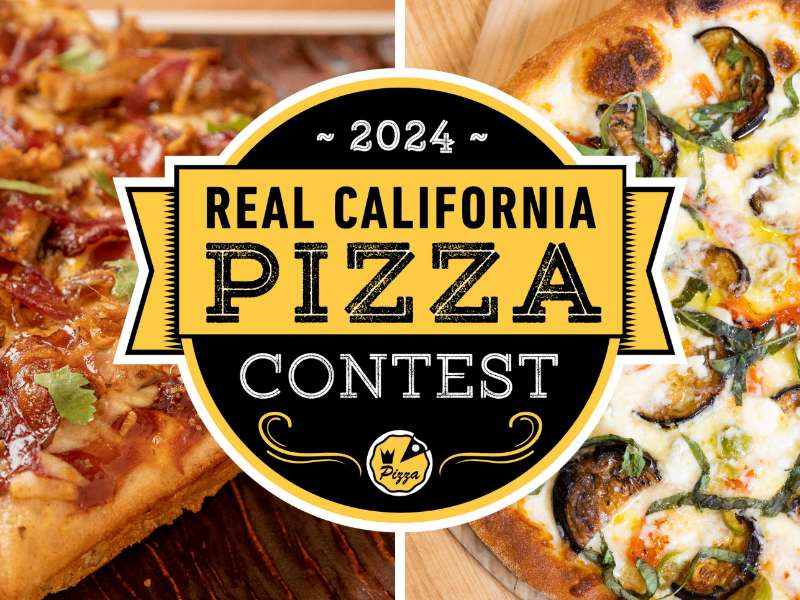Private label products are a billion-dollar industry that continue to grow market share. When a restaurant creates a private label product based on a popular menu item, it can provide another revenue stream for the business and a useful marketing tool as well.
Creating a private label product for your restaurant comes down to choosing the right item to sell, packaging the product in a thoughtful and inviting way, becoming certified to sell the product wholesale (if desired), and creating sales opportunities, including meaningful partnerships to represent your product well in the marketplace.
Find a Winner on the Menu
Creating a retail offering from your menu is about looking at what you already make—what people ready love about you--and packaging it in a way that guests can enjoy at home and give as gifts.
In Williamsburg, Virginia, the decades-old Cheese Shop in Merchant’s Square is known for their sandwiches. On a busy summer day, the line to order can stretch out of the store. Families, tourists, and William & Mary alum come back year after year for their favorites, and no Cheese Shop sandwich is complete without their signature House Dressing. So popular is the mayonnaise-based condiment that the Power family has long been using a co-packer to produce it in the quantities necessary to fill demand at the store. Just last year, they introduced 16 oz. bottles of the beloved dressing, and the jars have been flying off the shelves ever since. All those House Fanatics are buying cases of the stuff to take home and to share!
 That’s the goal. Identify what your restaurant offers that keeps people coming back. From there, ask yourself if the item is shelf-stable or has the potential to be shelf-stable with some tweaking of the recipe. Products that require no refrigeration are the easiest, in terms of production, packaging, and selling into retail stores; but refrigerated and even frozen products may be appropriate for your brand.
That’s the goal. Identify what your restaurant offers that keeps people coming back. From there, ask yourself if the item is shelf-stable or has the potential to be shelf-stable with some tweaking of the recipe. Products that require no refrigeration are the easiest, in terms of production, packaging, and selling into retail stores; but refrigerated and even frozen products may be appropriate for your brand.
Examples
- Sauces (Hot sauces are a trending category right now, with national chains like Firehouse Subs selling their own bottle sauces)
- Spice blends (Such as The Melting Pot’s Garlic and Wine seasoning)
- Freezer-to-oven breads and pastries (Dickie’s BBQ Pit’s Family Recipe Yeast Rolls)
Stay on brand
It may seem obvious, but remember, this product should be a reflection of your restaurant. The food itself should be indicative of the kind of food you serve on your menu. If your brand is all about healthy meals, make sure the nutritional information on your retail products lines up with what your guests have come to expect.
Carry your branding through to your packaging. The item on the shelf should evoke images of your restaurant, and the messaging on the package should sound like your ‘voice.’ This product should act as a marketing tool when the item is no longer in your store, reminding the customer to return to the source as often as possible.
Your in-store merchandising should be as strong as what you would see in your favorite retail store. The display should look inviting and full of product. It should be in a highly visible area and should be in keeping with the overall vibe of your restaurant. Consult your original graphic designers to see if they can create packaging and labeling options according to your style guide that captures the look of your restaurant.
Make sure all packaging points back to your website, and consider sharing additional information there if you can’t fit it all onto the label.
Get Legal
While you have the right to sell whatever you want out of your Health-Department-inspected kitchen in your restaurant, if you plan to sell a retail product outside of your establishment, you will most likely need to complete a Department of Agriculture inspection in addition to your Health Department inspection. Every state has slightly different regulations, so it is best to consult your state’s Department of Agriculture before you begin.
Typically, the inspection process involves submitting your recipe, method of procedure, and ingredient sourcing in an application to the Department of Agriculture; then, an inspector will follow up to schedule an appointment to watch your process, looking for potential food safety risks. The good news is this: You already have an approved commercial kitchen facility and, likely, a ServSafe certified employee or two. These two things go a long way with the Department of Agriculture and can give you an advantage right out of the gate!
While it isn’t technically a legal concern, you should also consult your accountant and lawyer about the possibility of setting up a separate LLC for your retail sales to keep them separate from your restaurant sales, as there are certain bookkeeping advantages to doing so. In the beginning, depending on the volume you sell, you may not be required to include nutritional labeling. You will need to list ingredients on your label, but a nutrition facts panel is optional until you hit a certain volume of sales, according to the USDA. At lower volumes, whether or not to include a nutrition facts panel is a judgement call. Consider what your customers are looking for to determine if this is important to them.
Enlist a food scientist to break down your recipe for the most accurate nutritional information. While there are apps that claim to be able to do this, if you’re going to make the investment in nutritional labeling, you should make sure that it is totally accurate. Only a trained food scientist can do this with authority, and working with one is a worthwhile use of capital.
Shelf life, believe it or not, is another judgement call. You can do your own testing to see how long your product will last in and out of refrigeration and once it has been opened. Err on the side of caution when determining sell-by dates to ensure the best possible quality.

 Give Your Product Wings, and Let it Fly
Give Your Product Wings, and Let it Fly
Initially, you will probably sell your product in your own restaurant and possibly online. This is a great way to test the market. Consider ‘beta-testing’ the product with friends, family, and regular customers to get feedback before moving forward with any large investments.
Ideally, there will come a time when demand for your products is so great that you will need to outsource production to a private label manufacturer or co-packer. Interview several co-packers in and around your state to find the best fit for you. Here are some things to consider when talking to co-packers:
- Can the co-packer source all of the ingredients necessary to create this product?
- What is the minimum order required to work with this co-packer, and will you be able to move (or store) that much product in a timely manner?
- What kind of storage does the co-packer offer, if any?
- Does this co-packer offer any shipping services, and are they compatible with your restaurant’s eCommerce experience?
- Investigate safety procedures at the manufacturing site. If there is a Hazard Analysis Control and Prevention Plan (there should be), read it. What is the process for recalls, should there be a food safety concern after the product has been sold in stores?
- Talk to other businesses that use this co-packer, and ask them to share their experiences, good and bad.
Working with the right co-packer will open up wholesale opportunities, as you increase your ability to produce more product. Create a simple wholesale menu to use for approaching potential retail partners. It should include your wholesale cost and suggested retail price (SRP), as well as terms for ordering, such as minimum orders, recommended first-time orders, delivery policies, ordering instructions (do you prefer email, phone, or fax orders?), and terms for payment.
You may also want to equip your retailers with shelf tags, point-of-sale displays, and other marketing materials to convey your branding and messaging through the store. Retailers are motivated to move product in their stores, but it's your responsibility to equip them for success. Offer tastings and other collaborative events to strengthen the relationship and your presence in their stores.



